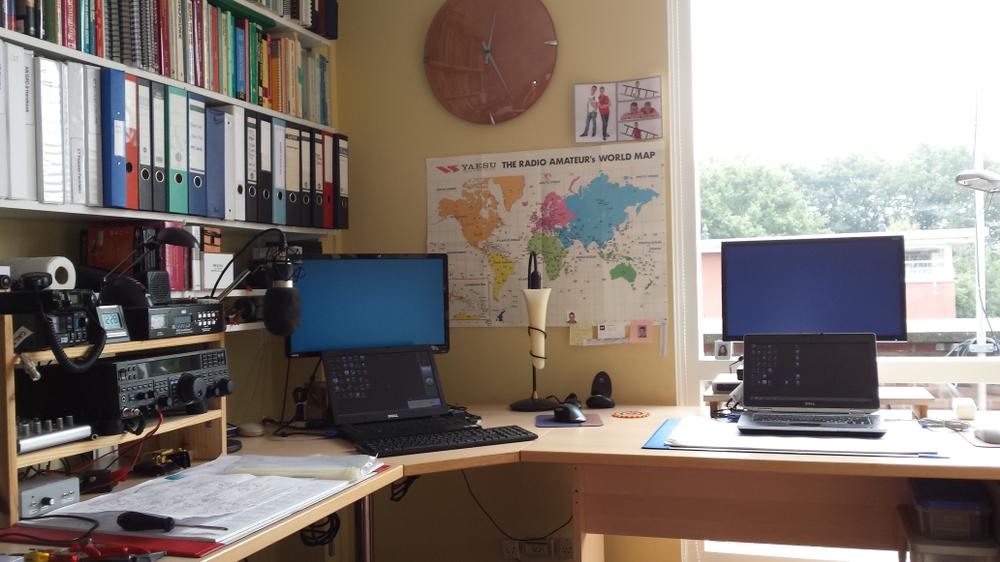
The URL sapadappa.nl for this website refers to one of my passions, good quality troubleshooting. The two main ingredients for good quality troubleshooting are a good quality thinking approach and good quality information.
The major thinking approaches can be described as:
Situation Appraisal (SA) - where the main question is “What is going on?” This consists of gaining clarity about what needs to be done, with what priority and by whom.
Problem Analysis (PA) - where the main question is “Why is something not meeting expectations?”. This approach focusses on getting factual data, gaining insights about possible causes and finding out how possible causes relate to the factual data. The results of this maximize the chances of finding a most probable cause, that can be held against reality to see if the root cause for the issue is found.
Decision Analysis (DA) - where the main question is “What is the best balanced choice?”. This approach aims to find the best fitting decision for a defined result, such that it meets with your requirements and gives you most of what you want at an acceptable level of risk.
Potential Problem or Opportunity Analysis (PPA/POA) - where the main question is “What if….?” thinking about some future activity. This manages risks or opportunities avoiding things going wrong, or benefiting most for/from future actiions. Prepare yourself for the unexpected as much as you can.
These thinking processes are only helpful when applied with a clear brain, and when their findings are documented in a structured way. Besides the approach helps to phrase good quality questions that are needed to get the best possible information.
All this comes together in the acronym for these thinking processes SAPADAPPA.

My career consists of a wide variety of roles, where technical software and hardware skills and good quality troubleshooting combine, mostly in the IT and telecoms industry. After spending 10 years in teaching, coaching and facilitating troubleshooting skills, I have decided that I prefer to apply these skills myself more than telling the world how to get better.
As a result I’m back in technical software development, nowadays building tools to emulate old computer systems on modern hardware, such that old software investments retains its value.
My interest in electronics and radio communications has always been there. It was the reason for studying electronics in the 1980s. Since 2006 I found time to become an officially licensed HAM radio operator. My call sign is PB4PT. My main purpose in Ham radio is to enjoy it, which slowly changes over time. I spend time on operating radios in the field (QRP), participating in yearly JOTA (scouting), homebrew, repair. When making radio contacts, I consider good-old Morse code (CW) as the most intriguing mode.